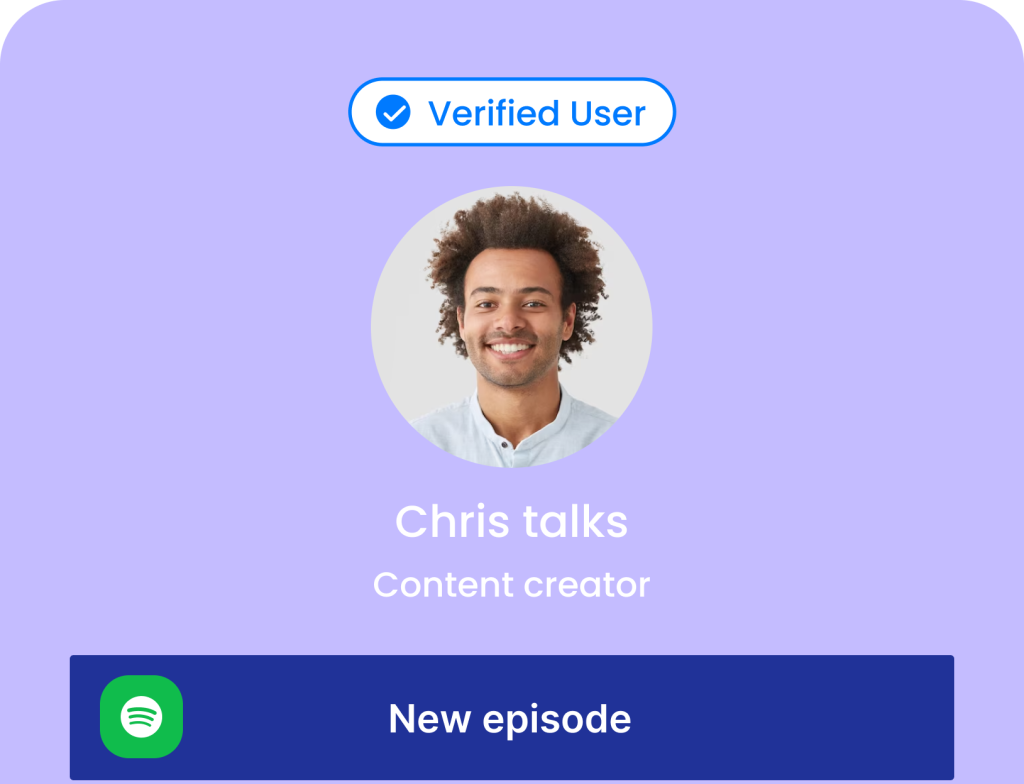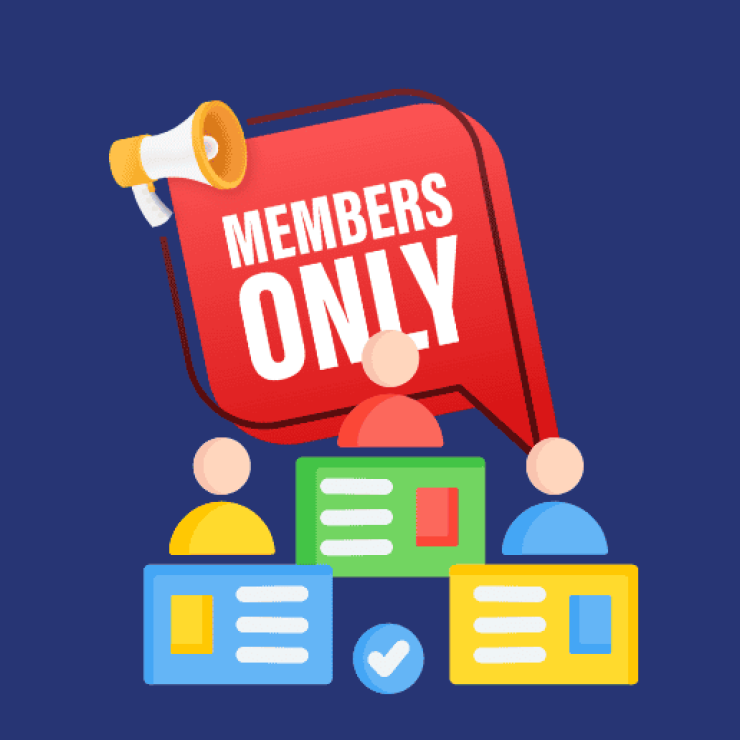Creating an online course takes time and effort, but what if you could get paid before you even launch? That’s exactly what a course pre-sale allows you to do. Instead of spending months building a course only to wonder if people will buy it, pre-selling helps you test demand first. This means you can be sure your course idea is something people actually want before you invest too much time and money.
Pre-selling also gives you early revenue, allowing creators to fund course creation, attract their first students, and build excitement. Many successful course creators use early bird sales to reward early buyers with discounts, bonuses, or exclusive access. But exactly how do you go about pre-selling your online course?
In this guide, we’ll walk you through the step-by-step process on how to pre-sell your online course. By the end, you’ll know how to validate your idea, attract students, and start earning before your course officially launches.
Why pre-selling your course is essential
Pre-selling your online course isn’t just a way to make money early; it’s a smart business strategy. Before you spend hours recording videos and creating content, you need to know if people actually want your course. Here’s why pre-selling is a game-changer:
1. Validate your course idea
A course presale lets you confirm if people actually want your course before you spend weeks or months creating it. Instead of guessing, you can test demand by offering pre-orders and seeing if potential students are willing to pay. If people sign up early, you know you’re on the right track. If not, you can adjust your course content, pricing, or marketing approach to better meet your audience’s needs.
2. Generate upfront revenue and fund your course creation
Pre-selling allows you to get paid before your course is even finished. This upfront revenue can cover expenses like design, software, and marketing. Many creators use early bird sales to attract students at a discounted rate while generating the funds needed to create a high-quality course. Instead of taking financial risks, you’re earning as you build, ensuring your course is profitable before launch.
3. Build an engaged audience before launch
When you pre-sell your course, you’re not just making sales, you’re building a community of eager learners. Early buyers feel invested and are more likely to engage, give feedback, and spread the word. Leveraging a presale offer can create excitement, leading to more word-of-mouth marketing. The more engaged your audience is before launch, the higher your chances of a successful course release.
4. Reduce financial risk and avoid wasted effort
Many creators make the mistake of spending months creating a course only to realize no one wants it. Pre-selling eliminates this risk. By testing demand first, you ensure your course is worth the effort. If sales don’t come in, you can tweak your offer or pivot to a more profitable idea. This approach saves you time, money, and frustration while increasing your chances of success.
5. Create excitement and stay accountable
A course presale creates a sense of urgency and excitement among your audience. When people sign up early, they expect a great course and that accountability can keep you motivated to deliver. Announcing a launch date also helps you stay on track, preventing delays or procrastination. The energy from early buyers can turn your course into a must-have resource, setting you up for long-term success.
How to pre-sell your online course
To presale your online course, follow these proven strategies:
1. Find the perfect course idea
The best course ideas come from the skills you already have and what people are willing to pay for. Start by listing your expertise and passions. Then, research your audience to test demand; what problems are they facing? What knowledge do they need? If people are actively searching for solutions, you know you’re on the right track. A great way to validate your idea is by engaging in discussions on social media or running a quick survey.
2. Create a course outline that sells
Before you start selling, you need to show potential students what they’ll get. Outline your course structure, breaking it down into clear modules and lessons. Highlight the key takeaways and learning outcomes. A well-structured outline helps your audience see the value of your course, making them more likely to buy during your course pre-sale. It also keeps you organized and makes course creation easier.
3. Build the first module before selling
You don’t need to create your entire course before launching a course pre-sale. Instead, focus on developing the first module. This allows you to start selling while giving your early students immediate access to content. Once you have your first students, you can refine the rest of the course based on their feedback. This ensures you create a course that truly meets their needs while reducing upfront workload.
4. Validate demand before pre-selling
Before asking people to pay, confirm there’s real demand for your course. Offer a free resource such as a lead magnet, a mini-course (using your first module), or a webinar to gauge interest. If people sign up, it’s a strong sign they’ll be willing to buy your full course. If there’s little interest, you may need to tweak your topic, messaging, or pricing.
5. Set the right price for your course
Pricing can make or break your early bird sales. Your price should reflect the value of your course while remaining affordable to your ideal students. Research competitor pricing and consider offering an early bird discount for those who sign up during the pre-sale. This creates urgency and encourages more people to buy early.
6. Set up a high-converting pre-sale landing page
Your pre-sale landing page should clearly explain what your course is about, who it’s for, and why they should buy now. Include:
- A compelling course description and key benefits.
- A structured course outline for clarity.
- Testimonials or credibility boosters (if available).
- A strong CTA (Call to Action) encouraging sign-ups.
This page is where all your marketing efforts will lead, so make it persuasive and easy to navigate.
7. Build a launch funnel to drive sales
A launch funnel is a step-by-step process that guides potential students toward your pre-sale offer. It typically includes:
- A lead magnet (free resource to attract leads).
- A welcome email sequence to build trust.
- A webinar to showcase course value.
- A webinar email follow-up to remind attendees to buy.
- A strong call-to-action directing people to your pre-sale page.
A well-structured funnel nurtures leads and increases conversions.
8. Promote your pre-sale campaign
Marketing is key to a successful online course pre-sale. Use multiple channels to spread the word:
- Email marketing: Send valuable content and reminders to your list.
- Social media marketing: Share behind-the-scenes content, testimonials, and countdowns.
- Webinars and live sessions: Offer free value and engage directly with potential students.
The more you promote, the more visibility your course gets, leading to more early bird sales.
9. Host a live challenge to boost engagement
A live challenge is a great way to build excitement and attract more buyers. You can run a free 3-5 day challenge related to your course topic, helping people get small wins. For example, if your course is about productivity, you can run a “5-Day Productivity Challenge.” At the end of the challenge, invite participants to enroll in your full course. This method builds trust and drives sales.
10. Close your pre-sale
Set a clear pre-sale deadline to create urgency. People are more likely to buy when they know they have limited time. Send reminder emails and social media posts as the deadline approaches. Once the pre-sale ends, communicate the next steps to your students, letting them know when they’ll receive access to the full course.
11. Deliver your course
Now that you have paying students, it’s time to deliver. Use their feedback to improve your course as you create the rest of the content. Keep engaging with them through live Q&A sessions, community discussions, or additional resources. A great student experience will lead to better testimonials and long-term success.
Where can you pre-sell your online course?
Choosing the right platform for your course pre-sale is essential to attract early buyers and test demand effectively.
The best platform depends on where your audience is most active. A combination of your website, email marketing, and social media promotion can help maximize your early bird sales and validate your course idea before launching fully.
Here are the best places to pre-sell your online course:
1. Your own website or landing page
Hosting your pre-sale on your website gives you full control over pricing, content, and marketing. Use tools like WordPress, Pushbio, or Kajabi to create a high-converting sales page. This approach is best if you already have an audience.
2. Course platforms
Platforms like Teachable, Thinkific, and Podia allow you to pre-sell your course and handle payments easily. These platforms provide built-in sales pages, email marketing tools, and student management.
3. Email marketing and waitlists
If you have an email list, create a pre-sale waitlist using ConvertKit, or Mailchimp. Send exclusive early bird offers to your subscribers, allowing them to buy before the public launch.
4. Social media and community groups
Pre-selling on Facebook Groups, LinkedIn, Twitter, and Instagram works well if you have an engaged audience. Use live sessions, DMs, and posts to promote the course and direct interested buyers to a payment page.
5. Online marketplaces
Marketplaces like Udemy and Skillshare don’t support direct pre-sales, but you can build anticipation by offering a free mini-course and later directing students to your full paid course.
How long should a pre-sale last?
The ideal length of a course presale depends on your audience size, marketing strategy, and course complexity. However, most successful pre-sales last between 7 to 30 days.
- If you already have an active email list, social media following, or community, a short pre-sale window (1–2 weeks) can create urgency and drive fast sales. Use early bird sales incentives, limited-time bonuses, and countdown timers to boost conversions. Ideal if your audience trusts you and you’ve built anticipation before launching.
- A longer pre-sale (2–4 weeks) gives you time to test demand, gather feedback, and adjust your offer if needed. This time frame allows more time for email sequences, social media marketing, and live Q&A sessions to educate potential buyers. Great for creators who are still building their audience or need more time to refine their messaging.
Regardless of your pre-sale duration, the general rule is that it should be long enough to build momentum but short enough to keep urgency high. The key is to actively promote your course during this period and make it clear why buyers should join early.
Final thoughts
Pre-selling your online course is a smart way to test demand, generate revenue upfront, and build excitement before you even create the full content. It reduces financial risk, validates your course idea, and helps you start with a committed group of students. If you’re thinking about launching a course, don’t wait until it’s perfect, test your idea with a course pre-sale and start making sales before you officially launch.








